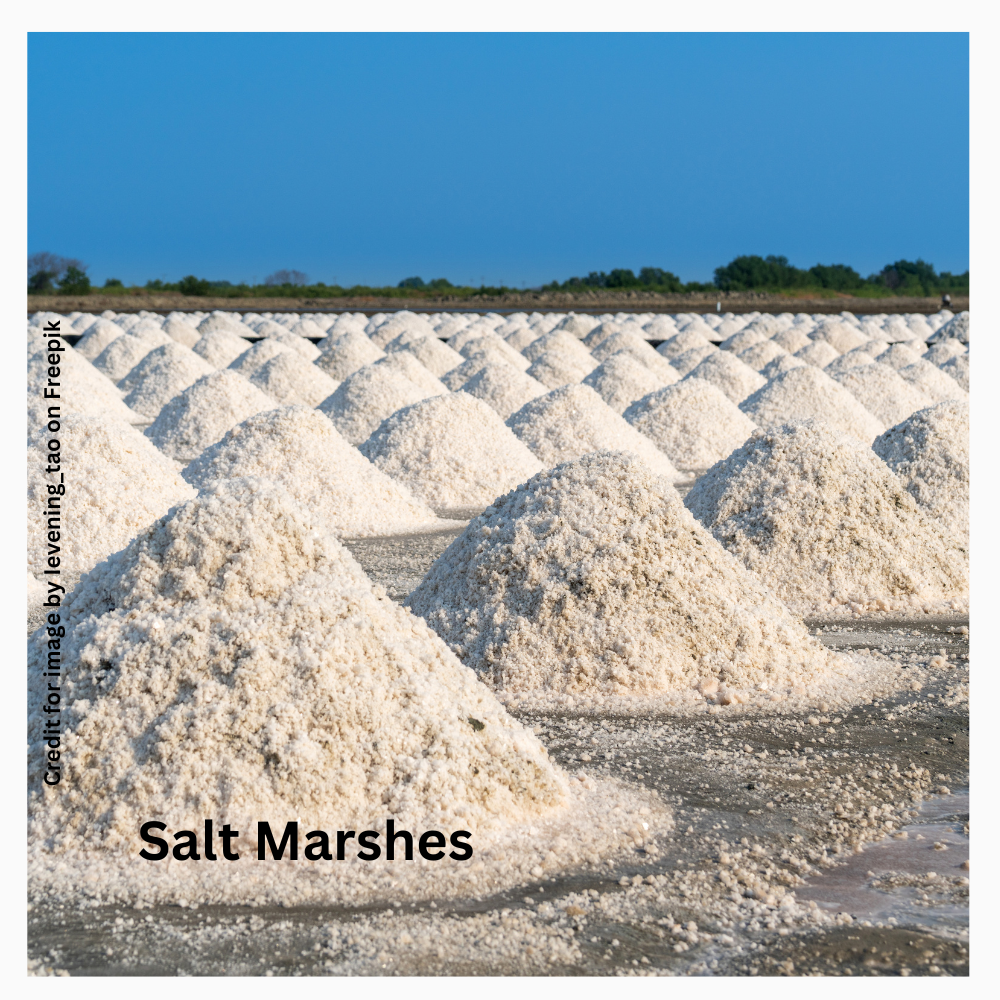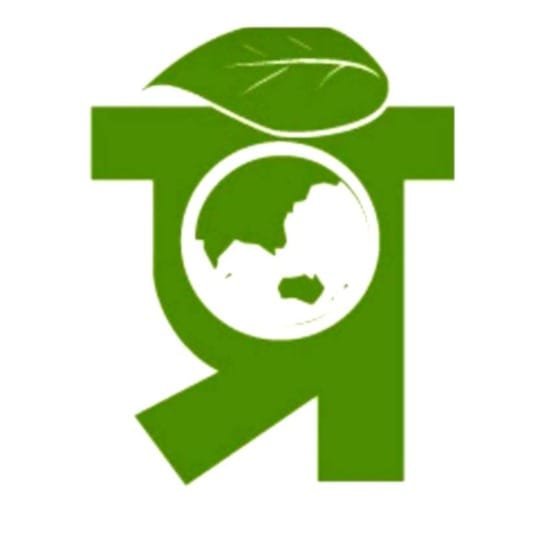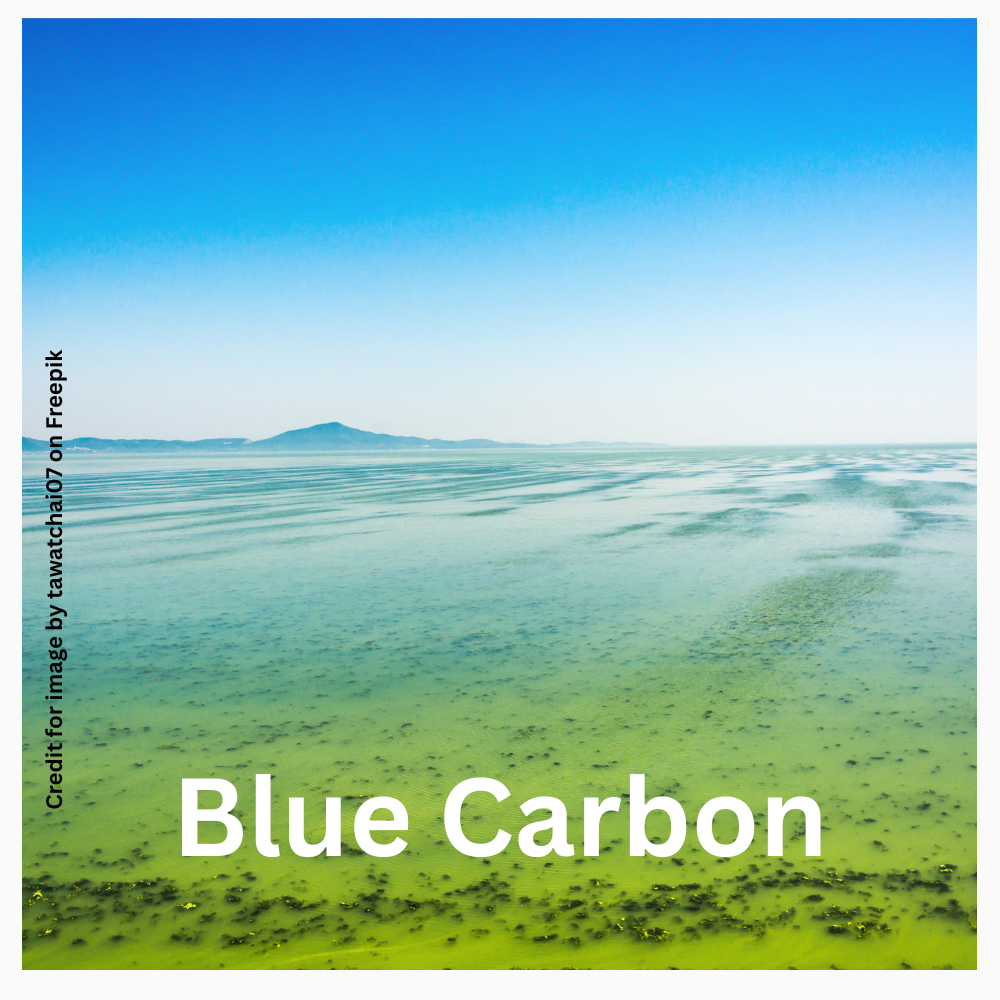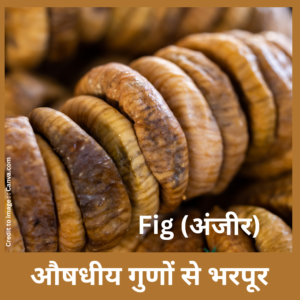Blue Carbon represents the carbon dioxide absorbed and retained by coastal and marine habitats like mangrove forests, seagrass meadows, and tidal salt marshes.These ecosystems play a critical role in mitigating climate change by absorbing atmospheric CO₂ at rates up to ten times higher than terrestrial forests. This article explores the concept , its environmental significance, current conservation strategies, and the economic opportunities it offers. We also present key data tables, frequently asked questions, and referenced sources to guide informed action.
Introduction of Blue Carbon :
The fight against climate change isn’t confined to forests and fossil fuels—our oceans and coasts are equally powerful allies.It refers to the carbon naturally absorbed and stored in lush coastal ecosystems like mangroves, seagrass beds, and salt marshes.These ecosystems act as natural carbon sinks and help in climate regulation, biodiversity preservation, shoreline protection, and sustainable fisheries.

What is Blue Carbon?
It specifically refers to the carbon dioxide naturally taken in by coastal and marine ecosystems like mangroves, seagrasses, and salt marshes :
Mangroves
Seagrasses
Salt Marshes
Unlike terrestrial forests, these ecosystems not only sequester carbon in their biomass but also trap vast amounts in their sediments, where it can remain undisturbed for millennia—provided the ecosystem remains intact.
Importance in Ecosystems
1. Carbon Sequestration
Blue carbon ecosystems have the ability to capture and store carbon dioxide at rates up to ten times greater per hectare than those of tropical rainforests.
2. Coastal Protection
Mangroves and salt marshes reduce coastal erosion and buffer against storm surges.
3. Biodiversity Hotspots
These ecosystems support vital marine biodiversity, including fish nurseries, crustaceans, and birdlife.
4. Livelihoods and Food Security
They provide livelihoods for millions of people living along coastlines by supporting fisheries and promoting ecotourism activities.
Data Tables
Table 1: Comparative Carbon Sequestration Rates
| Ecosystem Type | Carbon Sequestration Rate (tonnes CO₂e/ha/year) | Source |
| Mangroves | 6–8 | IPCC (2013) |
| Seagrasses | 4–6 | Nellemann et al. (2009) |
| Salt Marshes | 2–5 | McLeod et al. (2011) |
| Tropical Forests | 1–3 | IPCC (2013) |
Table 2: Global Distribution in Ecosystems
| Region | Mangroves (ha) | Seagrass (ha) | Salt Marshes (ha) |
| Southeast Asia | 6,500,000 | 250,000 | 300,000 |
| Australia | 1,000,000 | 500,000 | 450,000 |
| USA | 500,000 | 75,000 | 2,000,000 |
| West Africa | 1,200,000 | 50,000 | 600,000 |
Source: UNEP (2021), World Atlas of Mangroves (2020)
Table 3: Estimated Carbon Stock in its Ecosystems
| Ecosystem Type | Average Carbon Stock (Mg C/ha) | Global Stock (Tg C) |
| Mangroves | 950 | ~6,000 |
| Seagrasses | 500 | ~2,000 |
| Salt Marshes | 700 | ~3,000 |
Source: Pendleton et al. (2012)
Challenges in Conservation
Coastal Development: Urban expansion and tourism cause massive habitat loss.
Aquaculture and Pollution: Fish farming and industrial runoff damage ecosystems.
Climate Change: Rising sea levels and ocean warming affect habitat viability.
Lack of Awareness and Policy:It is often ignored in national climate strategies.
Solutions and Conservation Strategies
- Community-Based Restoration Projects
Local involvement in mangrove replantation.
- IOts Credits
Financial incentives for preserving coastal ecosystems via carbon markets.
- Policy Integration
Including blue carbon in Nationally Determined Contributions (NDCs) under the Paris Agreement.
- Scientific Monitoring
Use of satellite imagery and GIS for ecosystem health tracking.
Future Prospects of its Markets
Blue Carbon is emerging as a valuable commodity in carbon trading. Nations like Indonesia and Kenya are already piloting its credit systems. As carbon offset demands rise globally, projects can contribute to climate finance, job creation, and green economies.
Summary
Blue Carbon ecosystems play a crucial role in the worldwide effort to combat climate change. With higher carbon sequestration capacity than forests, they offer multiple co-benefits like biodiversity conservation, coastal protection, and livelihoods. However, these ecosystems are under threat. Strategic conservation, inclusion in global policy frameworks, and economic valuation through carbon markets can ensure their protection and restoration.
Frequently Asked Questions (FAQs)
Q1. What does Blue Carbon mean?
Blue Carbon refers to the carbon absorbed and stored by coastal ecosystems, including mangrove forests, seagrass meadows, and tidal salt marshes.
Q2. Why is Blue Carbon important?
It helps in reducing atmospheric CO₂, protecting coasts, supporting biodiversity, and enhancing livelihoods.
Q3. How is Blue Carbon different from Green Carbon?
Green Carbon is stored in terrestrial vegetation like forests, while Blue Carbon is found in aquatic and coastal ecosystems.
Q4. Can Blue Carbon be traded in carbon markets?
Yes, Blue Carbon can be monetized through carbon credit systems if verified properly.
Q5. Which country has the highest mangrove coverage?
Indonesia has the largest mangrove forest area globally.
(FAQs)
Q6. What are the threats to Blue Carbon ecosystems?
Key threats include deforestation, pollution, aquaculture, and climate-induced changes like sea-level rise.
Q7. How can individuals support Blue Carbon efforts?
By supporting NGOs, reducing plastic use, and advocating for sustainable coastal tourism.
Q8. Are there any international Blue Carbon programs?
Yes, such as the Blue Carbon Initiative, UNEP Blue Forests Project, and the GEF Blue Carbon Programme.
Q9. Is Blue Carbon included in climate policies?
Some countries include it in their NDCs, but global mainstreaming is still in progress.
Q10. Can Blue Carbon ecosystems recover once damaged?
Yes, with proper restoration methods, these ecosystems can regenerate over time.
References
- IPCC (2013). Climate Change 2013: The Physical Science Basis.
- Nellemann, C., et al. (2009). Blue Carbon: The Role of Healthy Oceans in Binding Carbon. UNEP.
- McLeod, E., et al. (2011). A blueprint for blue carbon: toward an improved understanding of the role of vegetated coastal habitats in sequestering CO₂.
- Pendleton, L. et al. (2012). Estimating Global “Blue Carbon” Emissions from Conversion and Degradation of Vegetated Coastal Ecosystems.
- UNEP (2021). Blue Carbon: A Rapid Response Assessment.
PRAKRITI DARSHAN-NATURE AND ENVIRONMENT MAGAZINE
Prakriti Darshan is a leading Hindi-language magazine and digital platform dedicated to raising public awareness on vital issues related to nature, biodiversity, climate change, sustainable development, and environmental conservation. This magazine represents a unique blend of science, society, and sensitivity—offering a common platform for researchers, students, NGOs, policymakers, nature lovers, and conscious citizens alike.
With thought-provoking articles, inspiring stories, environmental research, impactful projects, and policy perspectives, Prakriti Darshan is a transformative journey toward a greener and more sustainable future.
Let us come together to protect and preserve our planet for generations to come. 🌿🌍
Join us in our mission to protect and celebrate the planet. 🌏💚
Click for more information
- Visit www.prakritidarshan.com for Free Magazine ,Free membership benefits ,offered price magazine @ Rs.1 or Rs.11 only and more ……
- 🎗️Sponsor Prakriti Darshan Magazine – Support our environment mission.
- 📚 Explore the Environment Magazine – Read our latest and past issues.
- ✍️ Read Editor’s Article or Blog – Insightful thoughts from our editorial desk.
- 🌱 Join Membership – Be part of India’s leading green community.
- 🤝 Become an NGO Impact Story Partner – Share your grassroots impact nationwide.
- 🏢 Become a Company Partner – Showcase your CSR, ESG, or sustainability work.
- 👤 Become an Individual Partner – Volunteer, write, and raise your green voice.
- 📢 Advertise with Us – Reach eco-conscious readers across India.
- Eco Trails Newsletter
- Donate for “Hari Ho Vashundhara & Har school Hariyali “ Plantation campaign Associated Partner NGO :GDSS NGO www.gdssngo.org
BALA DATT SHARMA,
MANAGING EDITOR ,
PRAKRITI DARSHAN-NATURE AND ENVIRONMENT MAGAZINE
- Harela Festival of Uttarakhand: Environmental Harmony, A Celebration of Green Culture, Mythology - July 15, 2025
- Yamuna River- Lifeline of North India :A Scientific, Agricultural, and Environmental Perspective - July 14, 2025
- Jurassic World Rebirth Breaks Box Office Records : Global Box Office Revenue $1.5 Billion (And rising) Globally with a Roaring Environmental Message - July 14, 2025





